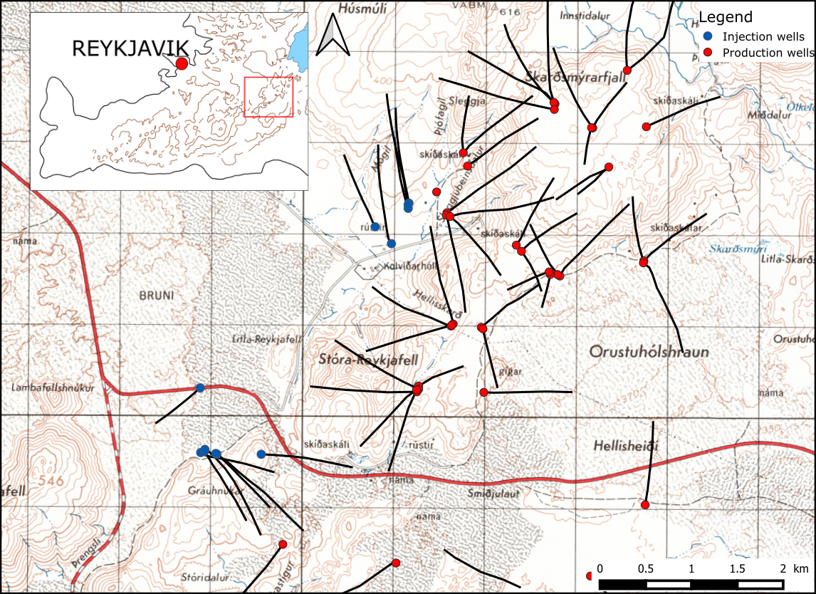WP3 - Geomechanical Modeling
Geomechanical modeling is an essential tool which allows to link seismological observables with physical processes governing induced seismicity, providing a framework for advanced interpretation strategies and decision support. Geomechanical models form also the backbone of the RISC system. We typically do not only rely on a single model but on several of increasing complexity and representing different conceptual frameworks (statistical/physics based, hybrid, see Gischig et al. (2014) for a discussion of the modeling frameworks). The model performance will be evaluated on the fly and the best forecast of the expected seismicity is the performance-weighted ensemble of different models. This has been proven to provide in geothermal plays the most robust forecast (Kiraly et al., 2016, 2017), it also allows for a meaningful uncertainty quantification.
We have developed in past projects a suite of models that can be used to evaluate the effect of operational parameters (such as flow rate, injection/extraction duration, pore pressure changes, fracture distributions) on the induced seismicity and help the decision makers to control industrial operations during normal operation but also during seismic crises. The information obtained through the analysis of micro-seismicity (WP2) such as active faults nearby the reservoir, 3D fracture map and stress field orientation is used to set up the geomechanical modeling step. The model is based on the Hellisheidi area in Iceland and especially the injection area Húsmúli, where the induced seismicity is high. The geomechanical model is based on studies of physical parameters presented in the respective deliverable.
